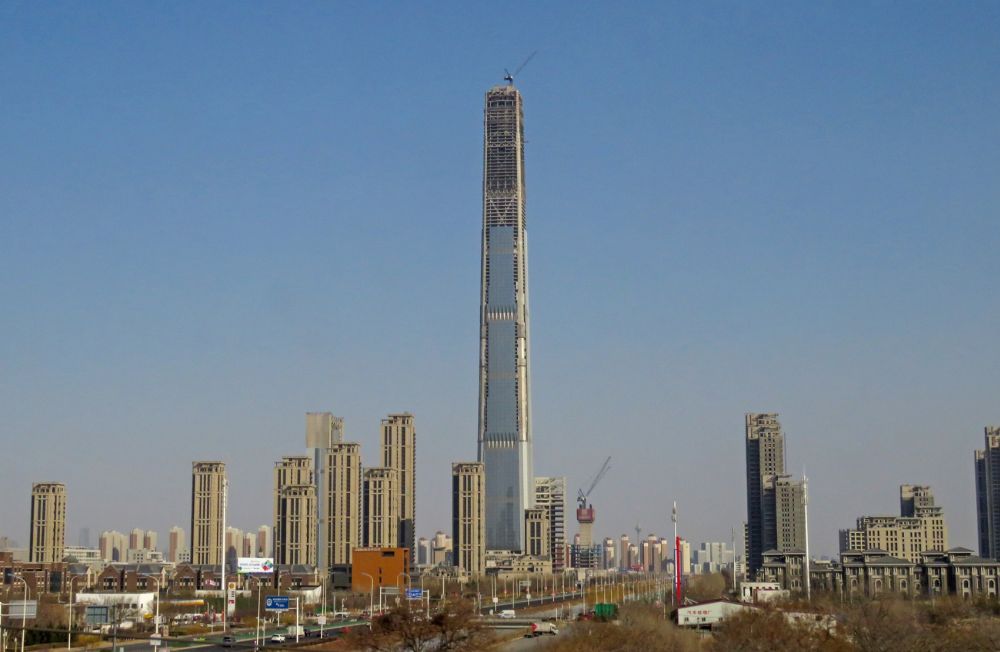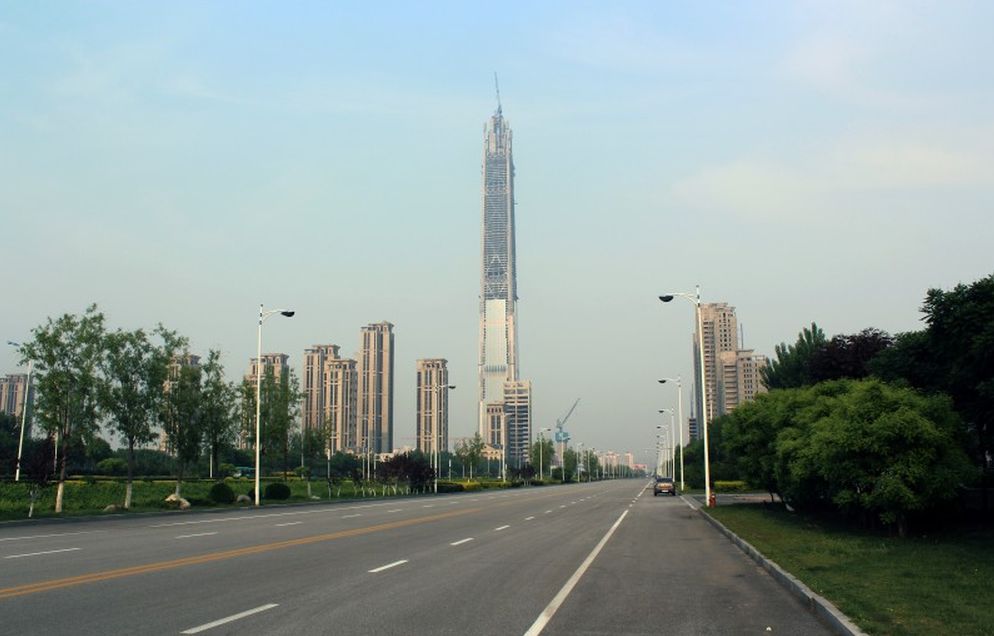It’s been called the tallest abandoned skyscraper in the world. For years, the Goldin Finance 117 tower stood unfinished in Tianjin like a surreal monument to ambition gone quiet. Nicknamed “The Walking Stick” for its slender, tapering silhouette, the tower was designed to rise 597 meters with 128 floors, meant to host luxury offices and a five-star hotel. Construction began back in 2008, but by 2015 the project was frozen—financial troubles stopped everything, and the dream was shelved while the building loomed silently over the city.

But now, something’s shifting. After nearly a decade of inertia, construction is officially set to resume this May. The project is no longer led by Goldin Properties, its original developer. New players have entered the scene, including the P&T Group and BGI Engineering Consultants, and the building is once again wrapped in scaffolding and anticipation. The goal is to complete it by 2027.

This resurrection isn’t just about finishing a skyscraper. Analysts see it as part of a wider strategy to restore confidence in China’s turbulent real estate sector. Still, some are cautious—reviving a nearly 600-meter tower isn’t a cheap gamble, and questions linger about what the final use will be, and whether it’ll ever turn a profit.

Yet for now, the tower’s story takes a new turn. The concrete and steel that once symbolized a stalled future may soon become a real one again. And in a skyline full of giants, the Walking Stick might finally take its place as one of the tallest—and strangest—comebacks in modern architecture.

#ChinaArchitecture #Skyscrapers #UrbanDevelopment #Tianjin #Goldin117 #RealEstateChina #ArchitectureRevival #TallestBuildings #TheWalkingStick #ConstructionNews
